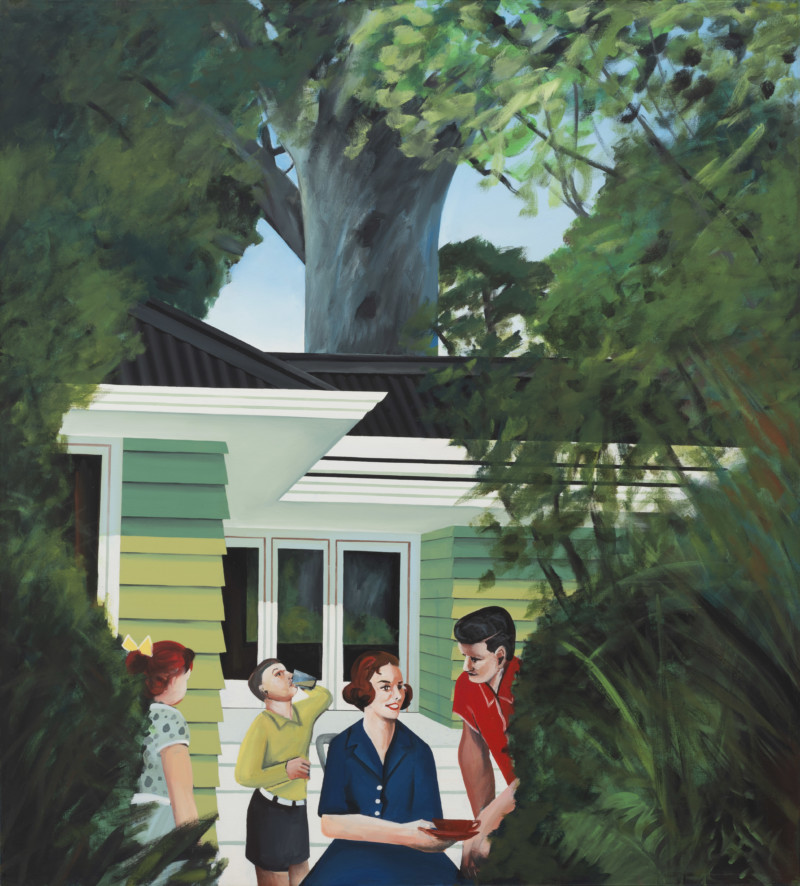Ian Christopher Scott studied at the University of Auckland’s Elam School of Fine Arts from 1964 to 1967. In the 1970s, he one of the major contributors to the growth of modernism in New Zealand art. Like most of the other artists who were eventually involved in the movement, he initially worked as a figurative painter. The increasing availability of American art magazines, the emergence of the Petar/James Gallery in 1971 (intended to be devoted entirely to the showing of abstract art), and contact with the work of Gordon Walters provided a base from which the artist was able to develop his signature Lattice series in 1976.
The influence of American abstractionists like Frank Stella is clearly evident when looking at such works. In his early career, Stella discarded the need to plan compositions by working solely within a grid format. The resulting paintings were entirely self-referential, each one varied by the push and pull of colour. Scott has reworked this idea, using what he called ‘the basic over-and-under pattern’. His use of square canvases was designed to encourage the viewer to focus on what is happening inside the work formally, rather than bringing in any outside associations.
This is also aided by the fact that the works are devoid of personal reference and traces of the artist’s hand (he taped the edges of the bands to give a machine-like effect) and have no spatial recession. The titles of the works provide no starting point for contemplation, functioning more like serial numbers than naming devices.
